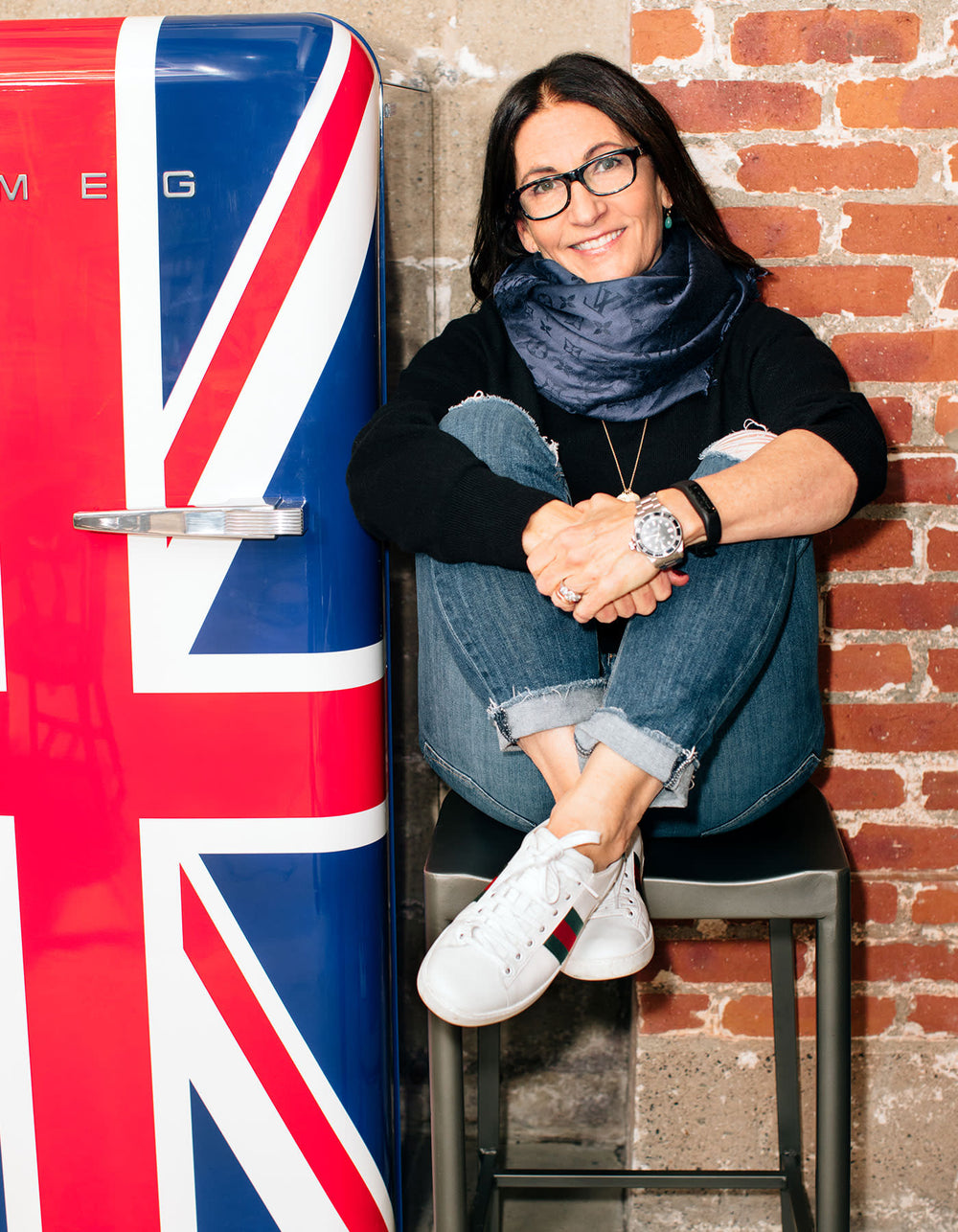Diary / Lifestyle / Sep 26, 2022
It’s Time to Change the Way You Think About Meditation
Written by: Julia McVeigh

“I know meditation will be so good for me, but I’m really bad at it.” According to Jesse Israel, the founder of The Big Quiet, this is the most common comment he receives from prospective (and—let’s be honest—self-doubting) meditators.
As Israel tells me this, I feel like he’s receiving a real-time transmission of my thoughts. Yes, I am aware of the tremendous health benefits associated with meditation. Yes, I am conscious that as a busy, working mother of an even busier toddler, my life would feel more manageable and, in Israel’s words, “more fluid,” if I adopted a meditation practice. And yes, I have tried it—thoughts racing—until I eventually flick on the lights and admit defeat.
But in addressing my concerns head-on, Israel has me listening intently.

A former music executive—his label signed the band MGMT while he was still in college at NYU—Israel began experiencing panic attacks in his early twenties. The debilitating stress that accompanied the busy, frenetic pace of life in the music industry pushed him towards meditation, a personal practice that soon become a professional passion.
Four years ago, he launched The Big Quiet, a “mass meditation movement” devoted to connecting community, wellbeing and music. The Big Quiet gathers large groups—often in the thousands—in “special places” for mass meditations, which are then followed by stripped-down, acoustic musical performances. The locations are indeed special: Places like the Museum of Natural History and the Lincoln Center. This October, the company will embark on a 10-city tour, holding mass meditations in the Hollywood Forever Cemetery in Los Angeles, the Guggenheim in New York City and the Parthenon in Nashville, to name a few.
The Big Quiet’s approach to meditation is one that’s both innovative and refreshingly accessible: I find myself instantly drawn to the idea of having a peaceful moment in the confines of the spiraled walls of the Guggenheim, in the center of the busiest city in the world. Unsurprisingly, the movement’s success affirms my attraction to the concept; Israel admits that many Big Quiet Events often sell out with hours, reminding him of his old touring days.
Thus inspired, I picked Israel’s brain on meditation, asking him to share some tips for reluctant beginners like me. Read on!

DEVELOP A TECHNIQUE
Israel cautions against going into meditation without any tools, resources or techniques to fall back on. He explains, “Don’t just close your eyes and go, ‘Okay, I’m going to meditate now.’” That, he explains, is often the number one source of frustration for people; it’s what makes them feel like “they suck.” Instead, he recommends downloading an app (he likes 1 Giant Mind), consulting an online course or seeking out the help of a teacher.
DROP YOUR EXPECTATIONS
“There’s this thinking that in order to be a ‘good meditator’ you are able to stop thinking,” Israel tells me. “This is a giant misconception.” He explains that when we think during meditation, it’s not because we are doing something wrong—it’s actually an important part of the process. “The reality is, the brain generates a new thought every six seconds or so; meditation is more about learning how to approach these thoughts versus trying to eliminate them,” he says.

REFRAME TIME
This, according to Israel, is a hugely helpful tool for the new meditator. “If someone is starting a new practice where she meditates for five minutes each day, then that is less than 1% of the total time she has available in a 24-hour period,” he says. “But the crazy thing is, countless research shows that just five minutes per day can greatly shift and reset the nervous system. So, when you remind yourself that less than 1% of time will greatly impact that remaining 99%, it can really help you adhere to a practice.”
HARNESS THE POWER OF HABIT
In our discussion, Israel references The Power of Habit by Charles Duhigg, a bestselling book that delves into the transformative nature of forming habits. He is inspired by the “cue and reward” argument in the text, wherein a “cue” is the entry point for a habit and a “reward” is a solidifier of sorts. He notes, “When started to meditate, it was for three minutes a day. My cue was leaving the bathroom each morning after freshening up and my reward was that I marked down a completed meditation. Essentially, I gamified the process for myself.” Within one month, a routine was formed: His body began to crave the benefits of his meditation practice, allowing him to scale to his now-established meditation routine of 20 minutes a day, two times per day.
SEEK OUT A COMMUNITY
Up until my conversation with Israel, I had considered meditation to be a solitary act: One conducted in a dimly lit room, incense lit, candles flickering. While he’s not necessarily against such a practice, his teachings draw from Vedic meditation, an ancient Hindu lineage that emphasizes meditating with others. He notes, “Practicing in a group or community tends to create a sense of accountability. I have so many people tell me that it is so much more energizing than meditating alone.”
Given my inexplicable attraction to the idea of meditating with a group in a setting like the Guggenheim, I tend to think that Israel is spot-on with this theory. He agrees, “Particularly in big cities, there’s a sense of loneliness being surrounded by so many people but not connecting with the majority of them. Having moments that we can do something special together, in a shared space, is something that a lot of people are innately drawn to.”













































 Miracle Balm
Miracle Balm
 Just Enough Tinted Moisturizer
Just Enough Tinted Moisturizer
 What The Foundation
What The Foundation


